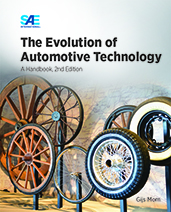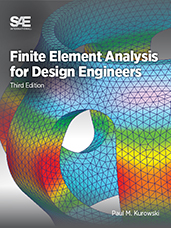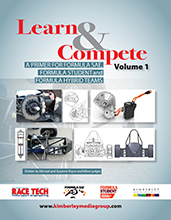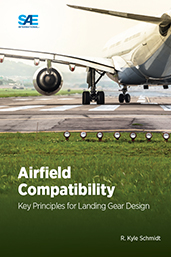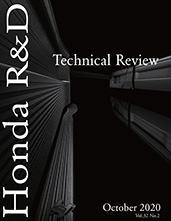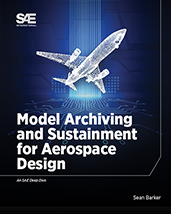Book

Jet Sense: The Philosophy and the Art of Jet Transport Design
2024-02-06
Embark on an exciting aviation journey with Jet Sense, Zarir's groundbreaking book that unveils the intricacies of commercial aircraft design. This work offers an enlightening perspective for aviation enthusiasts and industry professionals. Explore the heart of aircraft design, where market demands shape every curve and detail. Zarir's expertise guides you through the art of compromise, creating aircraft that excel in both function and market appeal. What sets Jet Sense apart is its unwavering focus on the interplay of geometry and integration. From wing design to landing gear integration and more. This book doesn't just analyze – it guides, helping you navigate the complex world of jet transport design. Discover Zarir's innovative approach to initial sizing, tailored for commercial aircraft. Bid farewell to one-size-fits-all solutions and welcome a design philosophy aligned with market needs.

